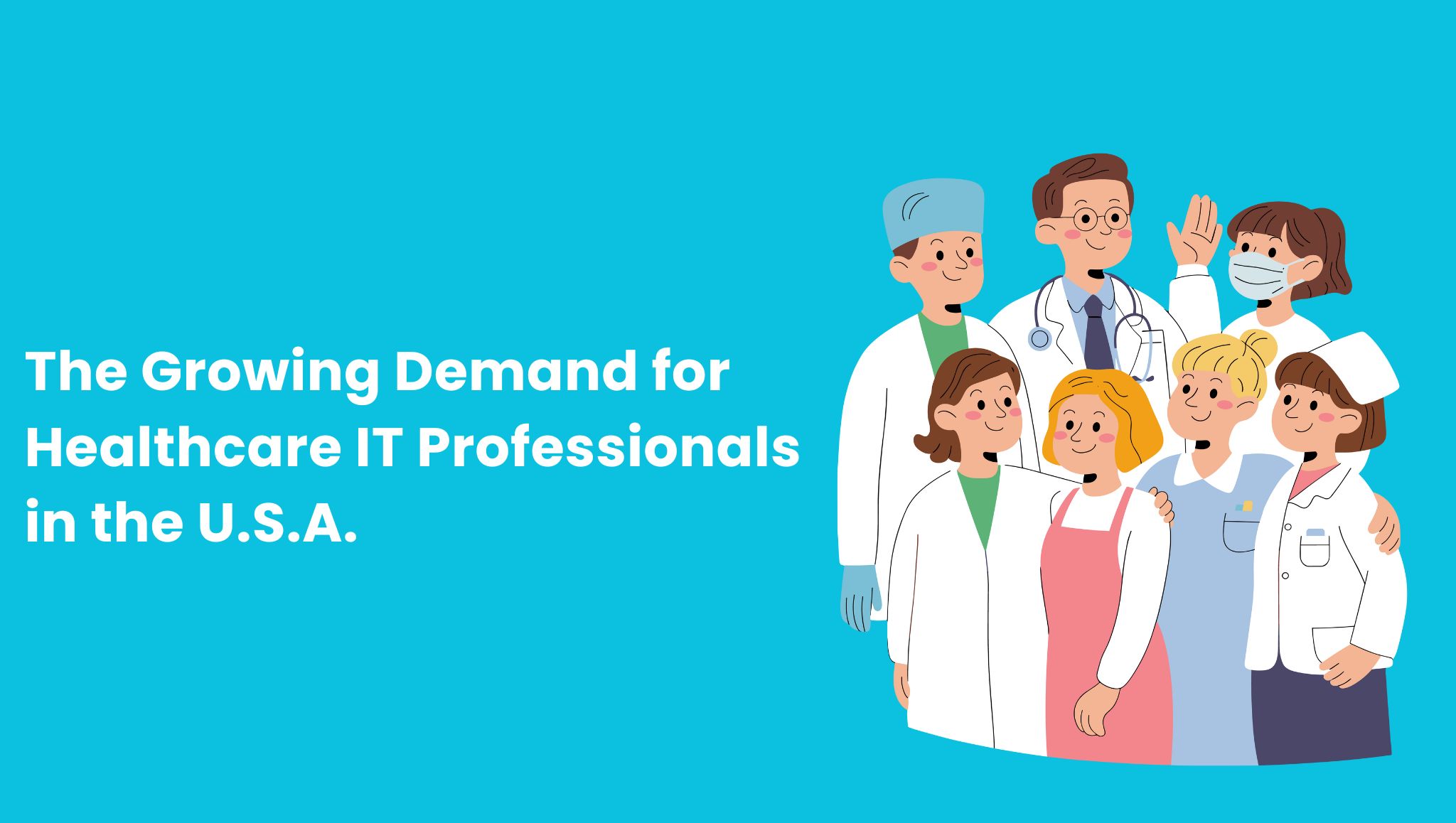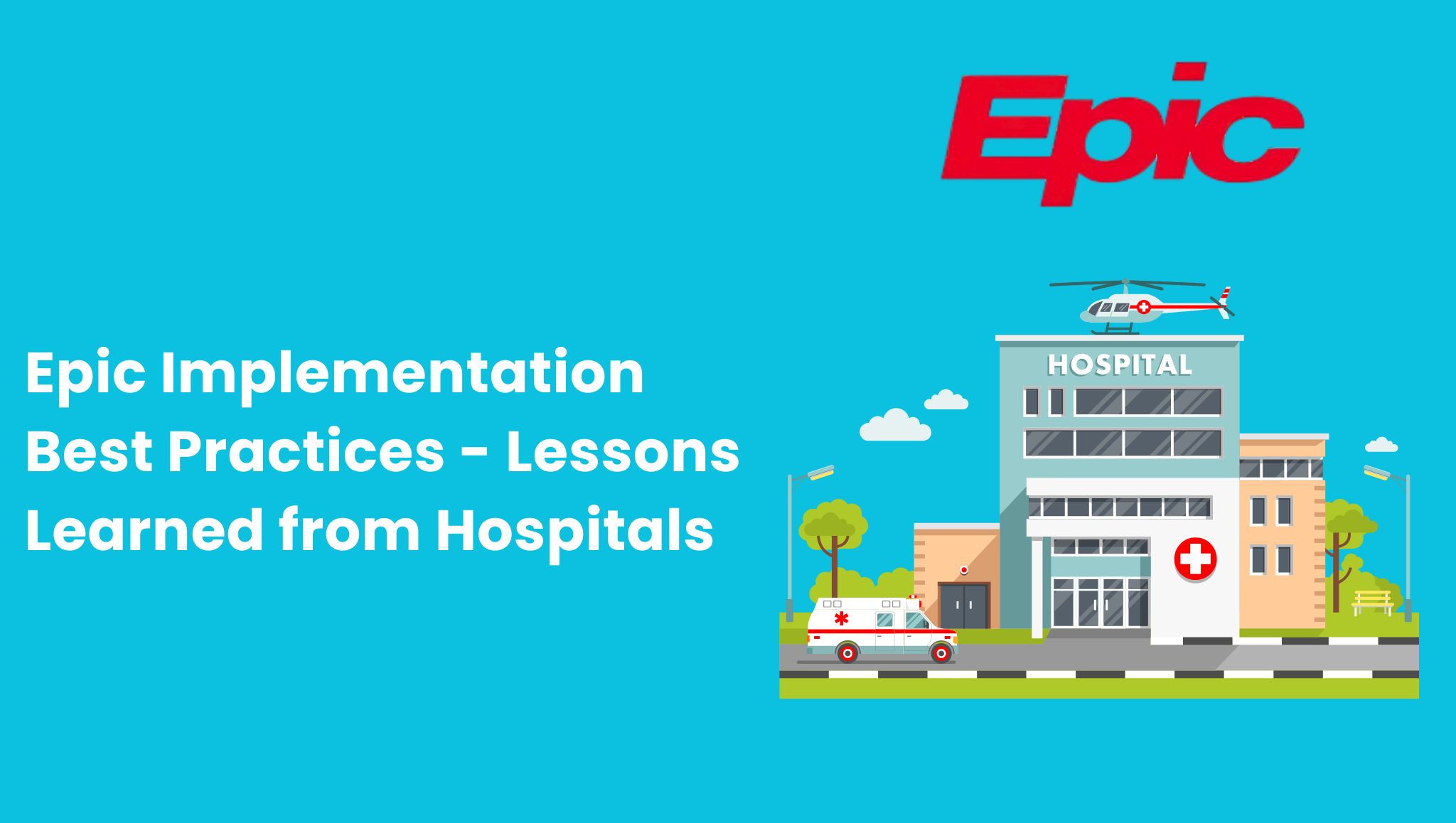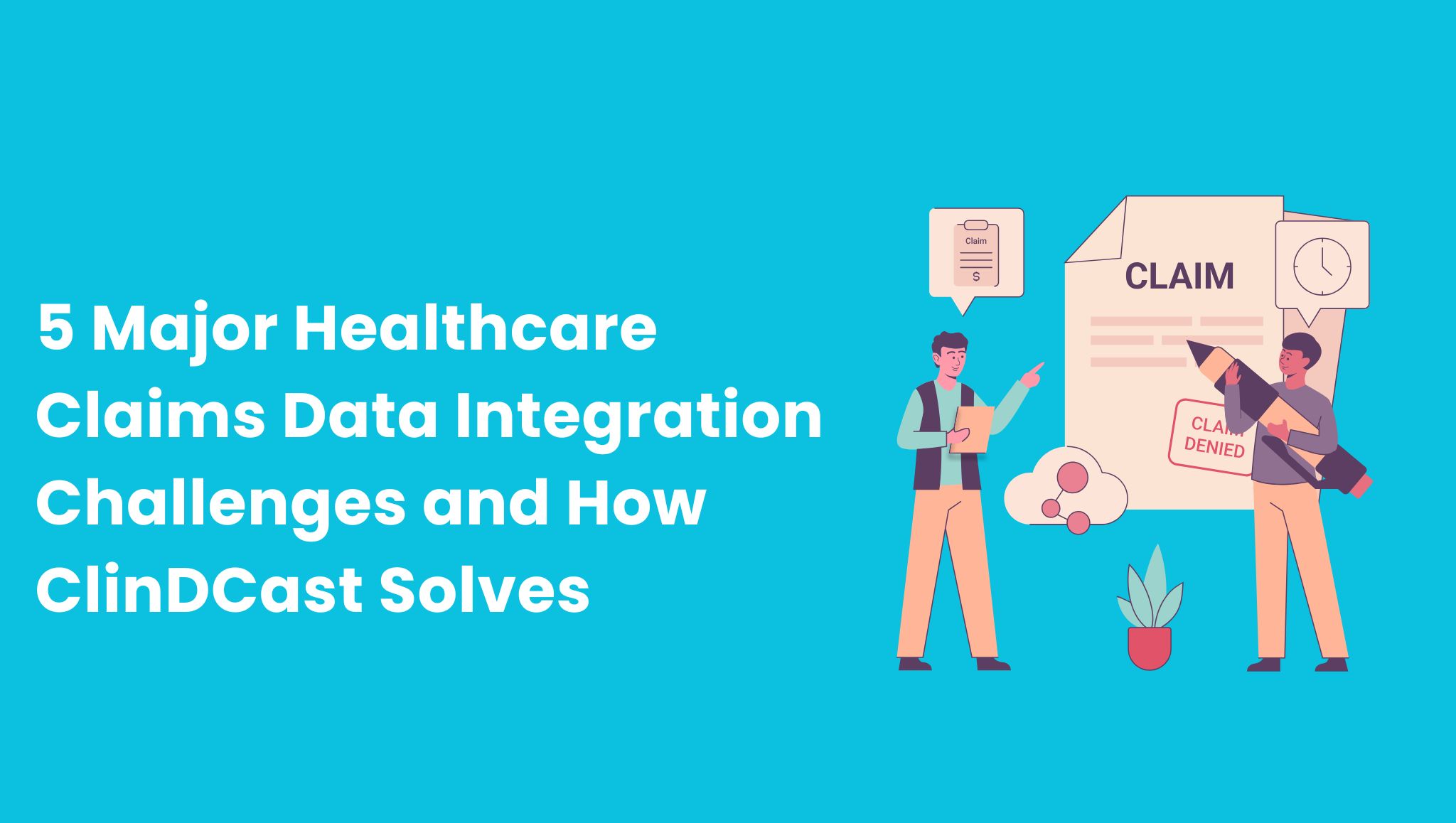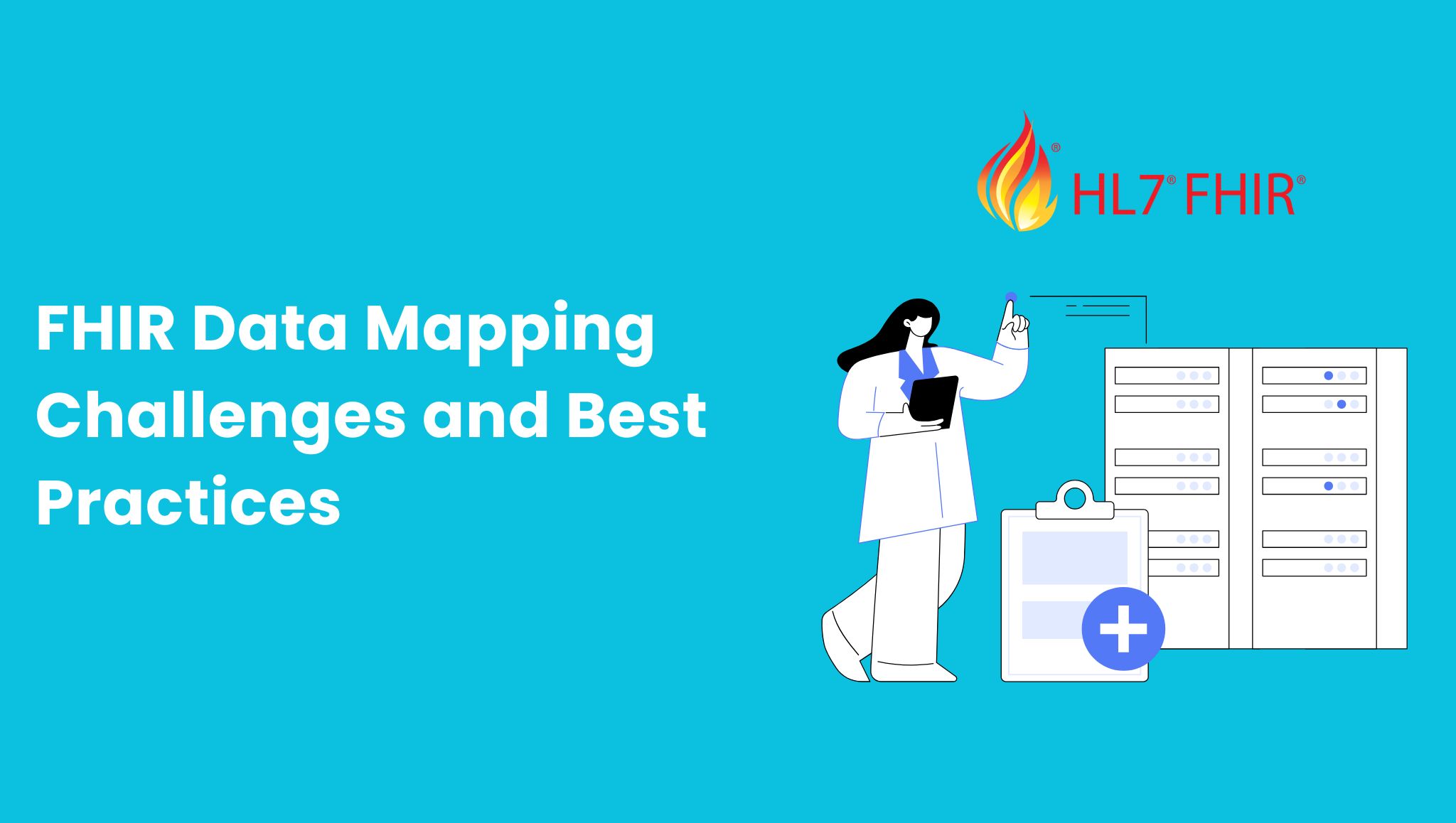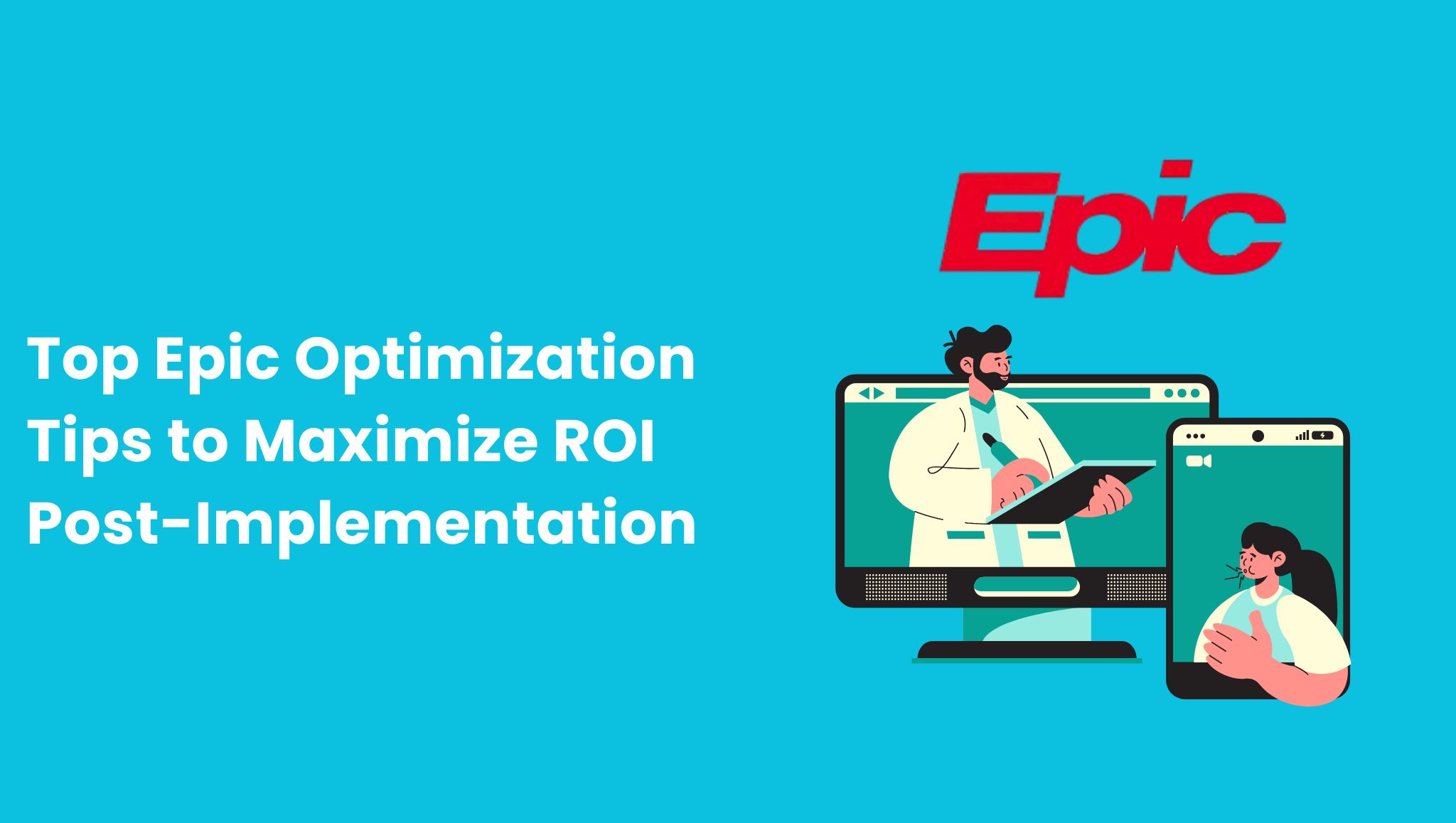
Getting Epic up and running is a big achievement, but it’s really just the first step in a much bigger process. Once the system is live, many healthcare organizations think the toughest part is behind them. But to truly get the most value and return on investment (ROI) from your Epic EHR, it’s critical to focus on smart, ongoing optimization after implementation.
In this article, we’ll explore Top Epic Optimization Tips to Maximize ROI Post-Implementation the value and performance of Epic after go-live—improving clinical workflows, financial outcomes, and patient satisfaction.
1. Workflow Optimization Based on Real-World Usage Data
Why It Matters:
During the implementation phase, workflows are often designed based on assumptions. After go-live, it becomes essential to study how users actually interact with the system in real-time to identify any inefficiencies and areas for improvement.
What to Do:
a) Conduct regular clinical and operational workflow assessments
b) Use Epic’s tools such as Signal and UserWeb to evaluate how staff interact with the system
c) Identify redundant steps, unnecessary navigation, and documentation bottlenecks
ROI Impact:
Optimized workflows reduce clinician fatigue, improve efficiency, and enhance patient throughput.
2. Ongoing Training and Super-User Programs
Why It Matters:
Initial training is often overlooked or not fully taken advantage of. Without ongoing reinforcement and more advanced education, much of the system’s potential goes unused.
What to Do:
a) Develop a structured, ongoing training program tailored by user role
b) Establish a Super-User network within departments for ongoing peer support
c) Use Epic’s Role-Based Learning (RBL) paths to focus training by department or specialty
ROI Impact:
Well-trained users are able to document more quickly, reduce errors, and feel more comfortable using the system. This leads to greater efficiency and better patient safety.
3. Revenue Cycle Optimization
Why It Matters:
Epic’s Revenue Cycle Management tools have the potential to significantly boost financial performance—but only if they’re set up and maintained properly. After go-live, many organizations face issues like delayed claims or lost revenue because things aren’t fully aligned.
What to Do:
a) Perform audits on charge capture, coding accuracy, and billing workflows
b) Refine Epic Resolute and Prelude configurations to reduce claim denials
c) Automate authorizations, payer rules, and coding where applicable
ROI Impact:
Optimized billing workflows improve cash flow, decrease denials, and lower the average number of days in A/R.
4. Strategic Use of Upgrades and Enhancements
Why It Matters:
Epic rolls out quarterly upgrades packed with new features and improvements. Organizations that wait too long to adopt them miss out on better performance, easier usability, and important compliance updates.
What to Do:
a) Create a cross-functional team to assess the benefits of each new release
b) Prioritize feature adoption based on ROI potential and clinical value
c) Pilot new functionality in specific departments before full rollout
ROI Impact:
Taking a strategic approach to adopting upgrades boosts how well operations run and helps ensure you stay compliant with industry standards.
5. Leverage KPIs and Dashboards to Drive Performance
Why It Matters:
Ongoing improvement relies on making decisions backed by data. Epic offers robust tools like Cogito and SlicerDicer that help monitor how users and the system are performing.
What to Do:
a) Build custom dashboards that align with organizational priorities
b) Monitor metrics such as documentation time, claim rejection rates, and patient portal adoption
c) Establish baseline KPIs and conduct regular reviews to drive iterative improvements
ROI Impact:
Having real-time insight into how things are running helps leadership make smarter decisions and keep improving how the system is used.
Final Thoughts
Optimizing Epic isn’t something you do just once—it’s an ongoing process that helps make sure your investment keeps delivering clinical, operational, and financial value over time.
Healthcare organizations that prioritize post-go-live optimization achieve:
a) Higher clinician productivity
b) Improved patient experience
c) Stronger financial performance
d) Better system adoption and utilization
e) Reduced risk of system fatigue or underperformance
Whether you’re six months or six years past go-live, it’s always a good time to reassess and fine-tune your Epic setup.
At ClinDCast, we focus on post-implementation Epic consulting—helping with everything from clinical workflow enhancements and training programs to revenue cycle optimization and tailored analytics. Reach out to us through LinkedIn messages to see how we can support your Epic journey.




















